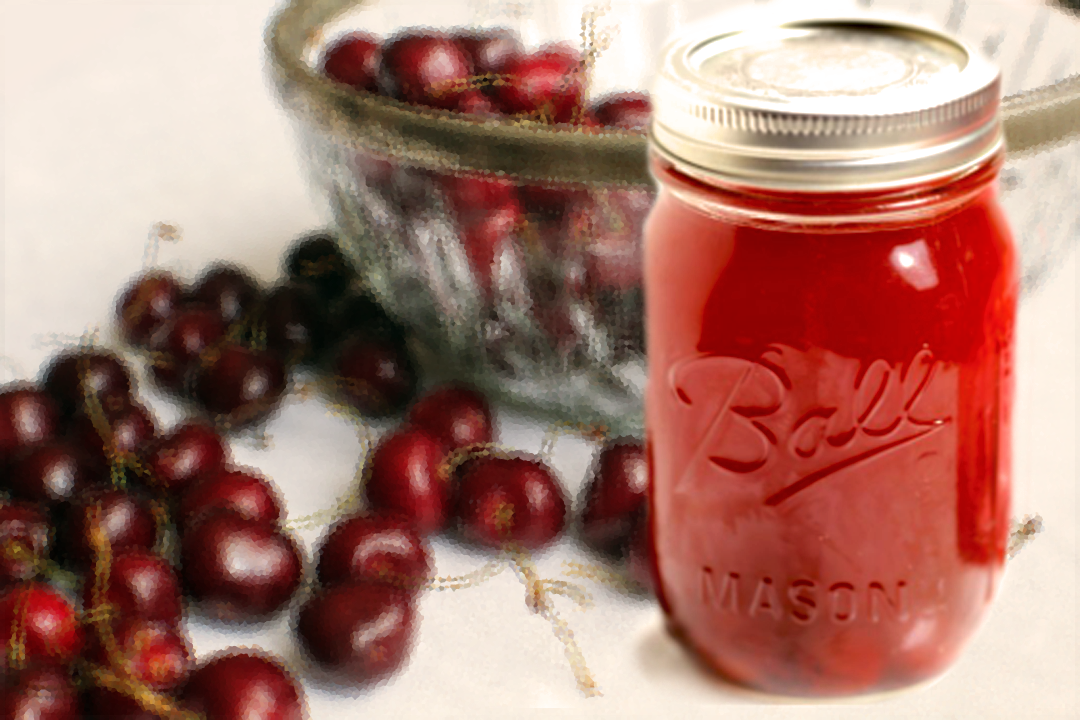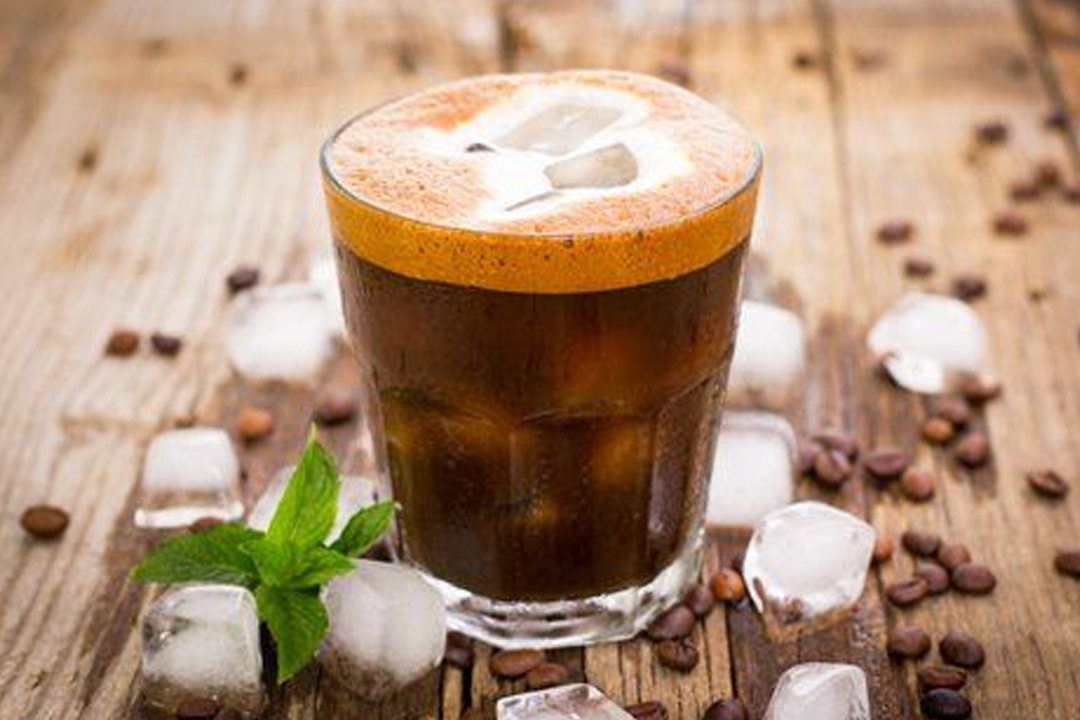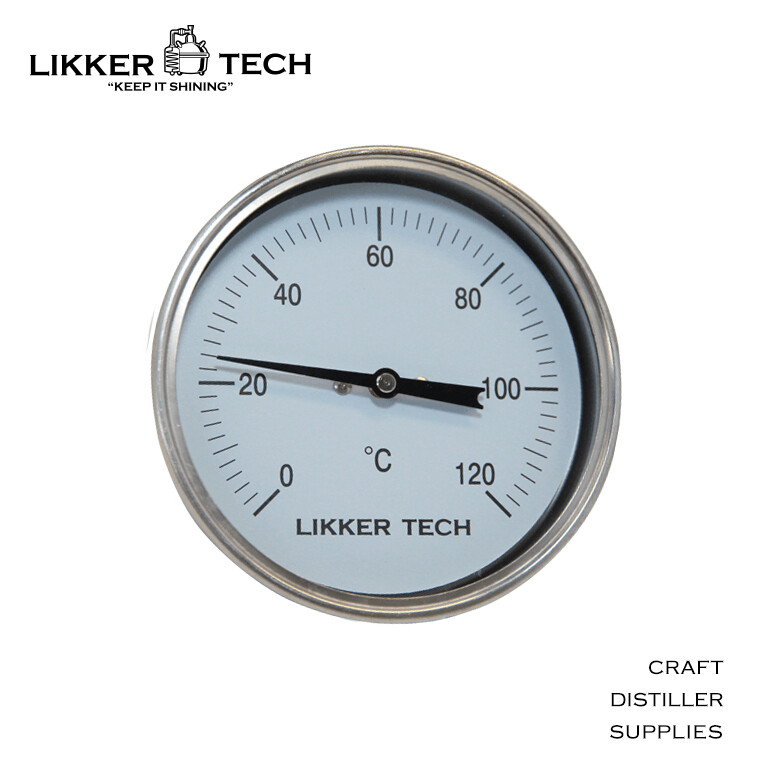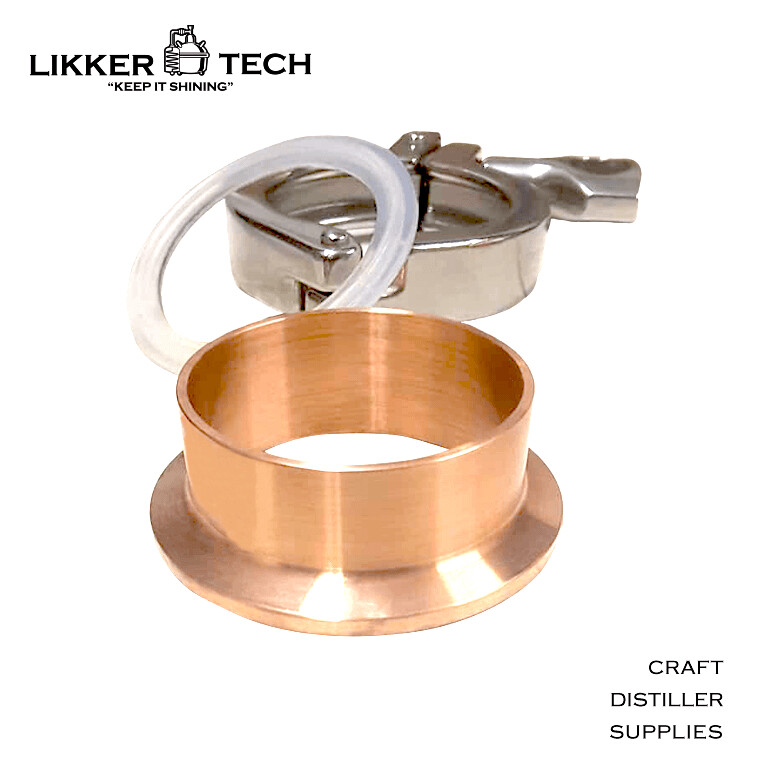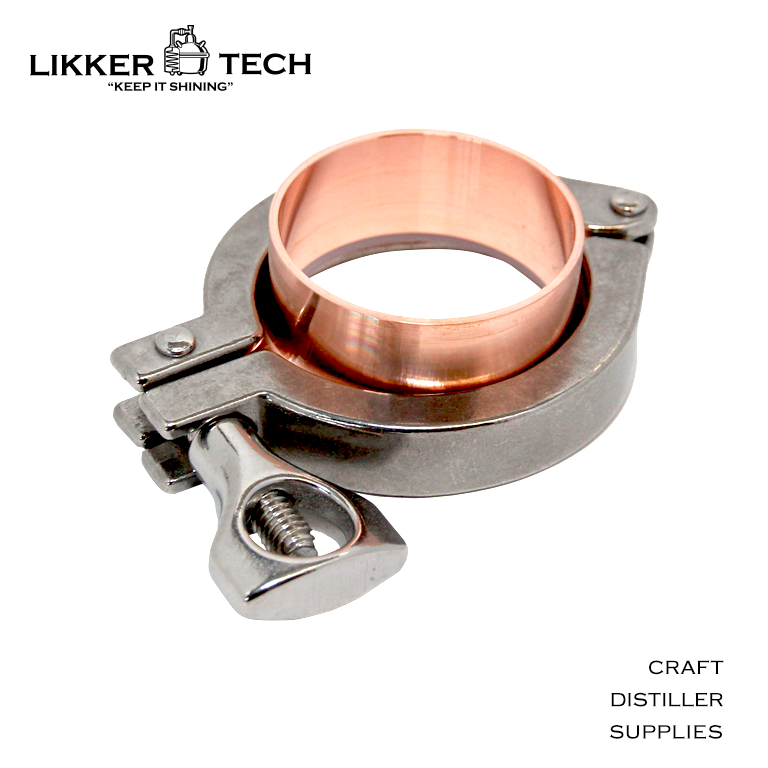Learn About Distilling Cuts, Fore Shots, Heads, Hearts and Tails
#KEEP IT SHINING with Moonshiners Tips from LIKKER TECH.
Learn About Distilling
Foreshots
NOTE: You should only use this alcohol as fuel or cleaner. Do not consume this part of your run!
The first 5% or so of your run will consist of the fore shots. This 5% contains methanol. Generally, as a standard practice, you would throw out the first 250 ml per 20 liters as this part of your run will consist of these fore shots. However, since we’ll be using this alcohol as a sanitizer/disinfectant product instead of a consumable spirit, you should keep them. Good rule of thumb is between 5ml/l wash to 10ml/l of you wash.
The alcohols found in the fore shots and heads work great as strong cleaning agents, fire starters, de-greasers, and solvents. Again, DO NOT consume these because they are toxic and will poison you and/or make you blind.
Heads
Next, comes the part of the distillate known as the heads. The heads make up 30% percent of your alcohol run. As mentioned above, you will find lots of different volatile alcohols in the heads of your run. One of the particularly volatile staples of the heads is known as Acetone.
Acetone has a very distinct and solvent-like smell, making its identification easy to recognize. Just like the fore shots, you’ll want to isolate these and use them as strong household cleaning agents and solvents. These are NOT for using on your skin.
NOTE: A great way of isolating both the fore shots and heads in your run is to bring your still to around 75 °C and keep it there for around 10 minutes. The alcohol produced during this duration will consist of only fore shots and heads. Once the condenser stops producing at 75 °C, you’ll know that you’ve collected all of the more volatile alcohols that make up the fore shots and heads of the run.
Hearts
The next 30% of your run will be the sweet spot of your alcohol run, known as the hearts. You’ll want to raise the temperature of your still to 80 °C to 82 °C range to start collecting this portion of your distillate.
As you get into the hearts portion of your run, you should notice that the solvent smell of acetone tapers off and is replaced with a sweet-smelling ethanol alcohol. This is where practice makes perfect. In order to maximize high-quality hearts, you’ll need to focus. You should be able to recognize the hearts by their sweet and neutral flavor. Taste just a bit of the distillate on your finger. The main giveaway is the sweet/smooth taste of ethanol.
If you can identify where the acetone stops and the ethanol alcohols begin, you will be able to maximize the total amount of viable alcohol that you can use as sanitizer or disinfectant.
Tails
The last 35% of your alcohol run is made up of the tails. You can recognize the tails by sight, smell, and taste. You’ll see an oily film start to collect on the top of the distillate and be able to smell/taste a burnt type of flavor.
The tails contain protein and carbohydrates from the wash that you don’t want in your final product.
Be sure to keep your tails because you can run them again as their own wash in the future to pull out a bit more useful product.



